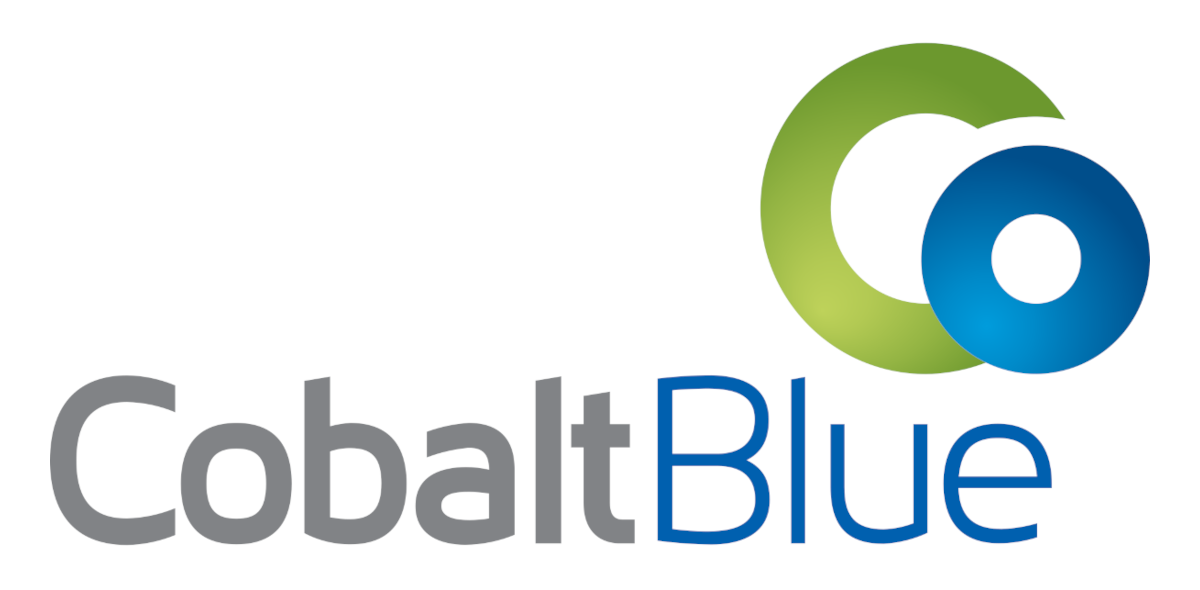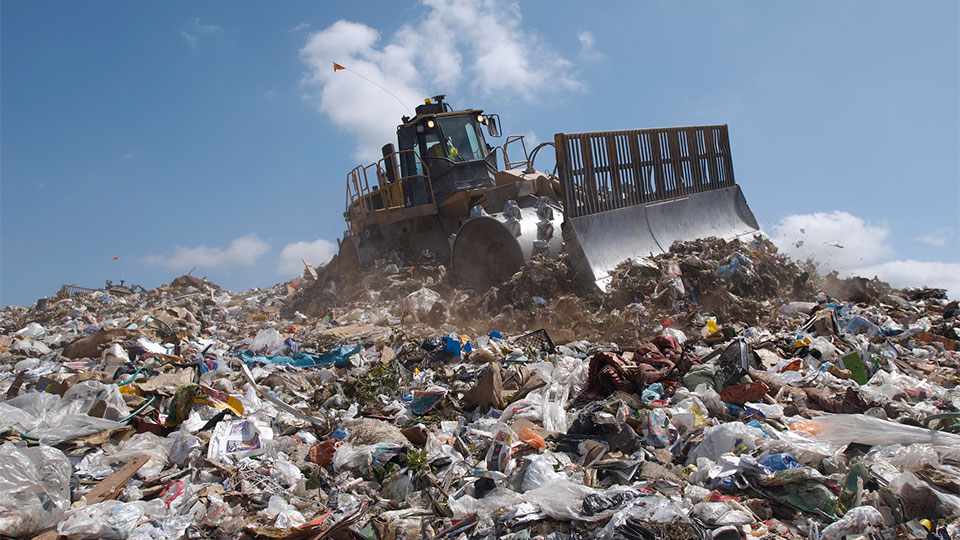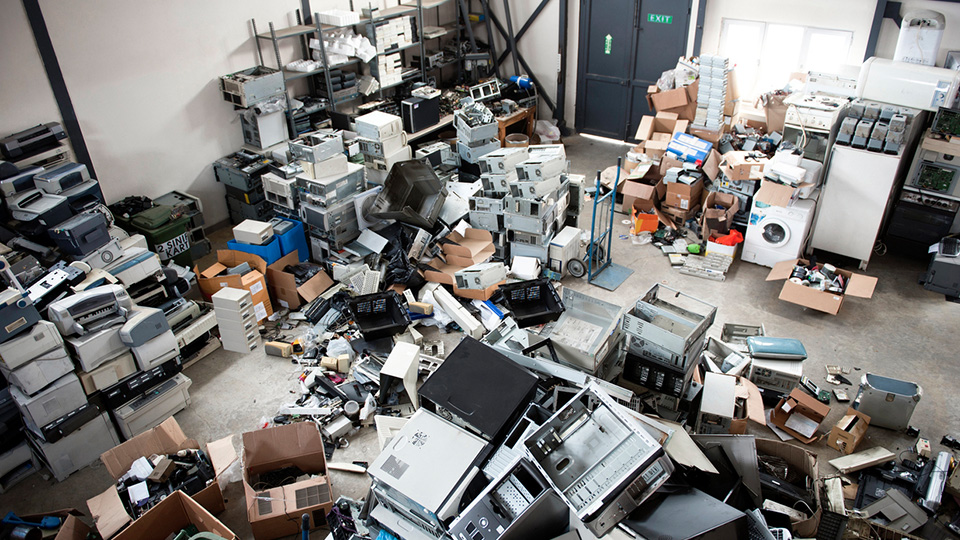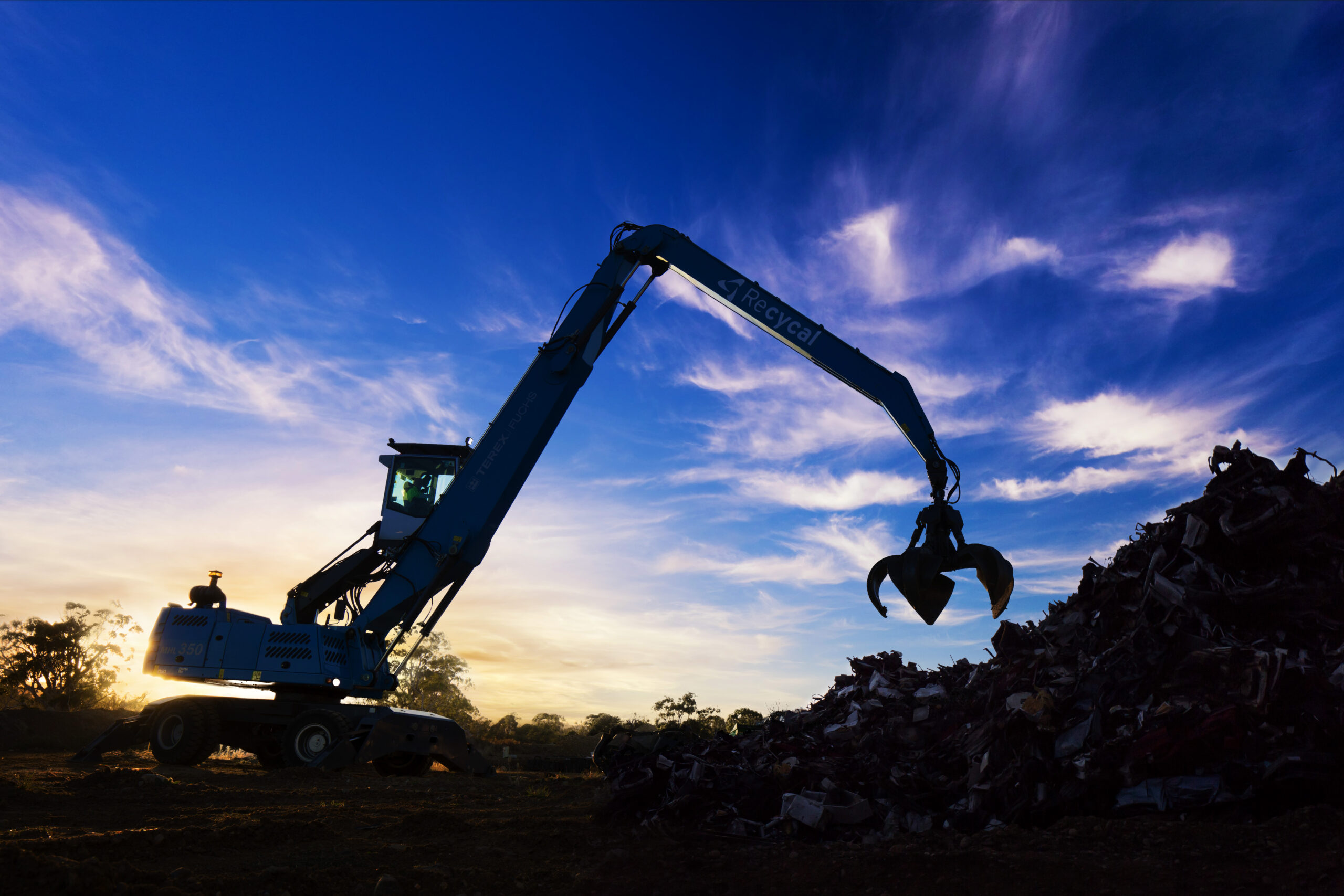We have a long way to go in achieving a perfect recycling rate, and one way in which governments can help boost recycling is by providing rebates for particular activities.
And, as it happens, recycling doesn’t even need to be the primary target of the rebates involved.
Save energy, boost recycling
Several state governments operate rebate-based schemes that help householders and businesses become more efficient in their use of energy. The main schemes are:
- Victorian Energy Efficiency Target (VEET)
- The Energy Savings Scheme (ESS) in New South Wales
- South Australia’s Retailer Energy Efficiency Scheme (REES).
These schemes operate in a similar manner.
When building owners take energy savings measures such as installing insulation or replacing old lighting with more efficient lighting, they can claim a rebate linked to the level of energy savings the upgrade is expected to deliver.
In some cases, the rebate can cover the full cost of the upgrade, leading to, for example, offers of free replacement of halogen lights with LED lights.
Of course, replacing millions of light globes or other equipment generates a lot of waste.
There could also be a temptation for less scrupulous operators to sell the old, but still functioning light globes.
Not to worry. The various energy efficiency schemes have got both of these issues covered by requiring that the replaced lighting (and other equipment) is recycled.
The companies undertaking the recycling provide certificates of recycling so the contractors undertaking efficiency upgrades can prove their compliance with requirements.
Ecocycle is the recipient of lighting waste resulting from all of these schemes. We see large numbers of mercury-containing fluorescent tubes, compact fluorescent lamps and halogen downlights, which are progressively being replaced by even more efficient LED lighting.
So, not only do the rebates associated with these energy efficiency schemes lead to reduced carbon emissions, they also ensure large quantities of waste, some of which contain toxic mercury, are diverted from landfill and responsibly recycled.
Rebates versus regulation
The use of rebates in dental waste recycling was trialled in Victoria from 2008 to 2011.
Dentists were provided with a rebate for installing amalgam separators, and the project saw more than 700 of the devices, capable of removing a minimum 98% of the mercury in the waste stream, installed across the state. This mercury can be recovered for recycling and reuse. With the end of the rebate, the rate of new separator installation fell significantly.
But rebates aren’t the only way that governments can influence recycling rates. Regulations have an important role to play too, and when it comes to mercury-containing dental waste, Tasmania and the ACT are leading the way.
With the effluent from dental practices defined as prescribed industrial waste, Tasmania and the ACT require all dental practices to fit and maintain amalgam separators. However, it is a fact that for all states and territories dental waste must also comply with the requirements of the Water Act 1989.
Need a recycling partner?
Whether you are an electrical contractor making use of VEET, REES or ESS, or a dentist looking to reduce mercury pollution, Ecocycle makes recycling and compliance a breeze.
Give us a call on 1300 32 62 92 or fill out the form below to find out just how easy it is.





